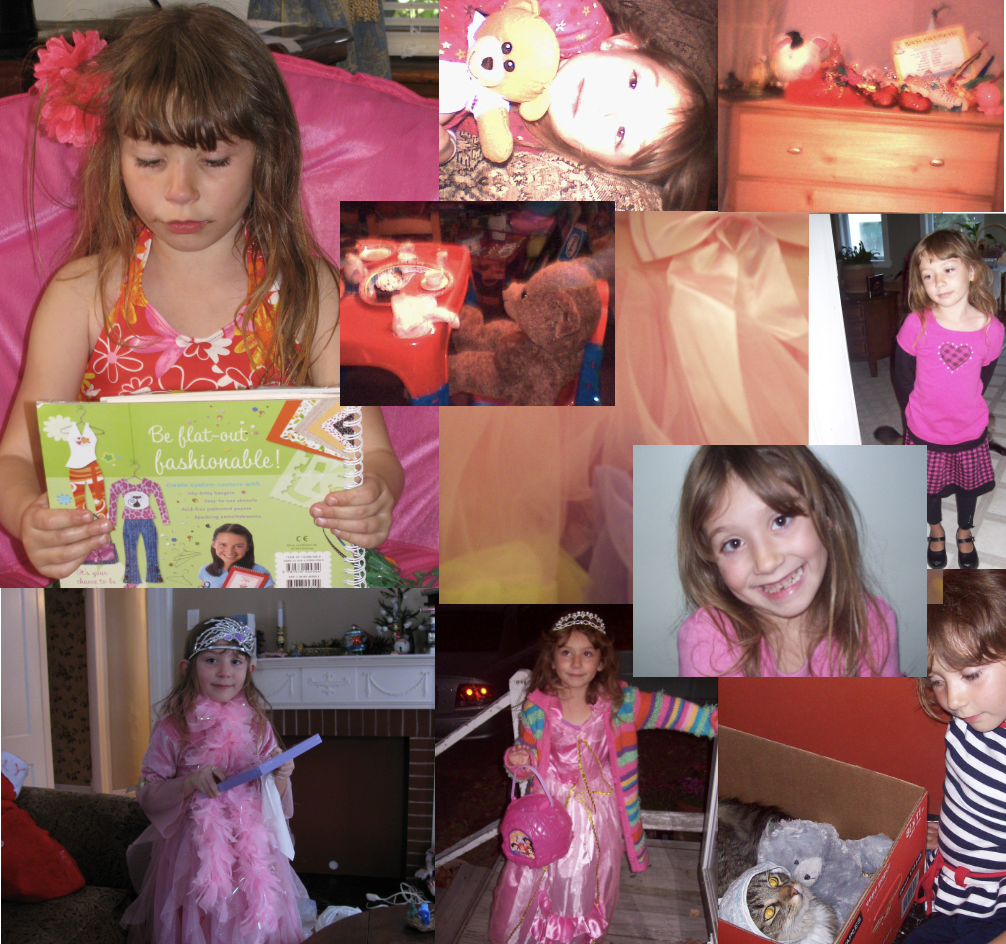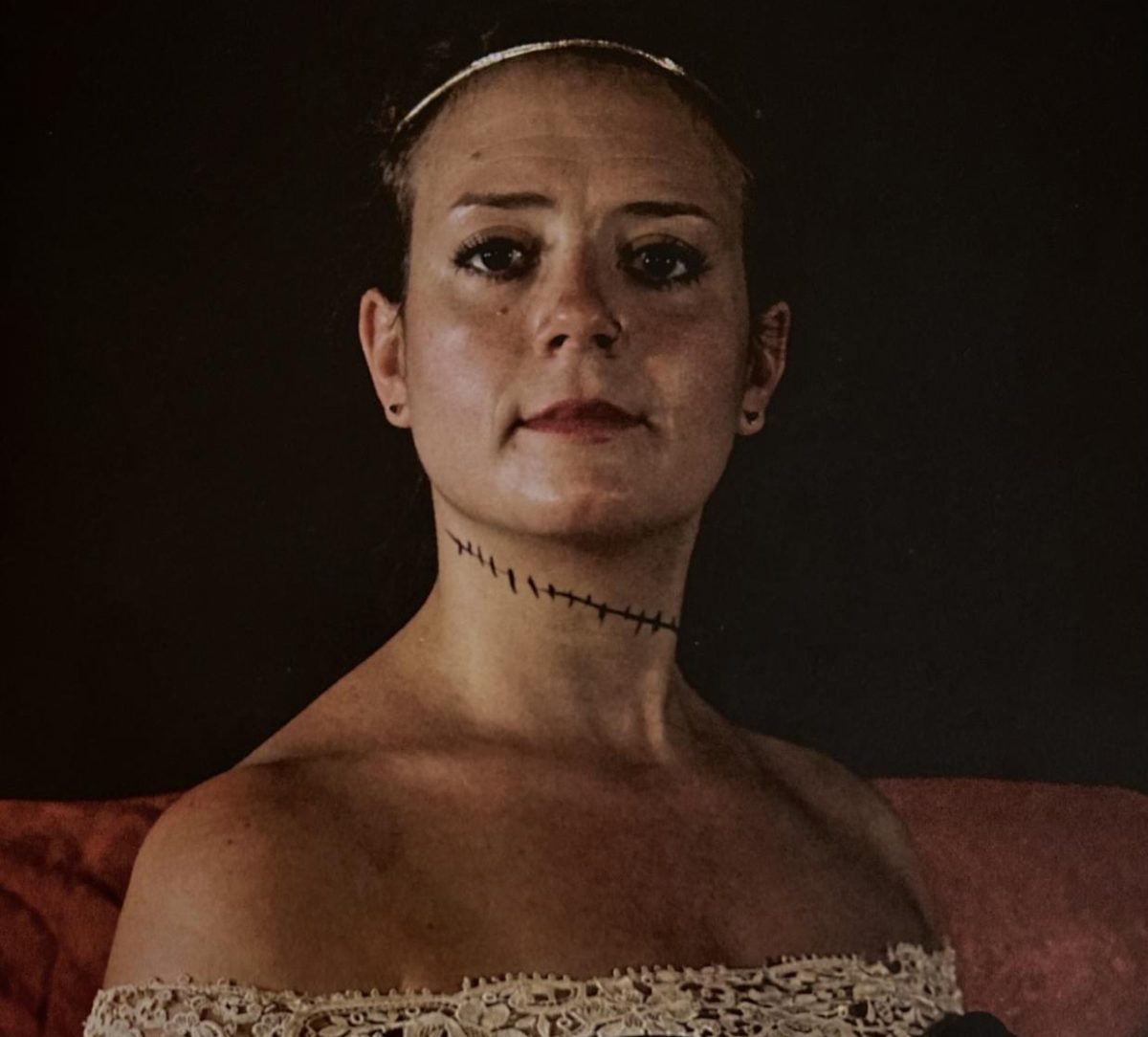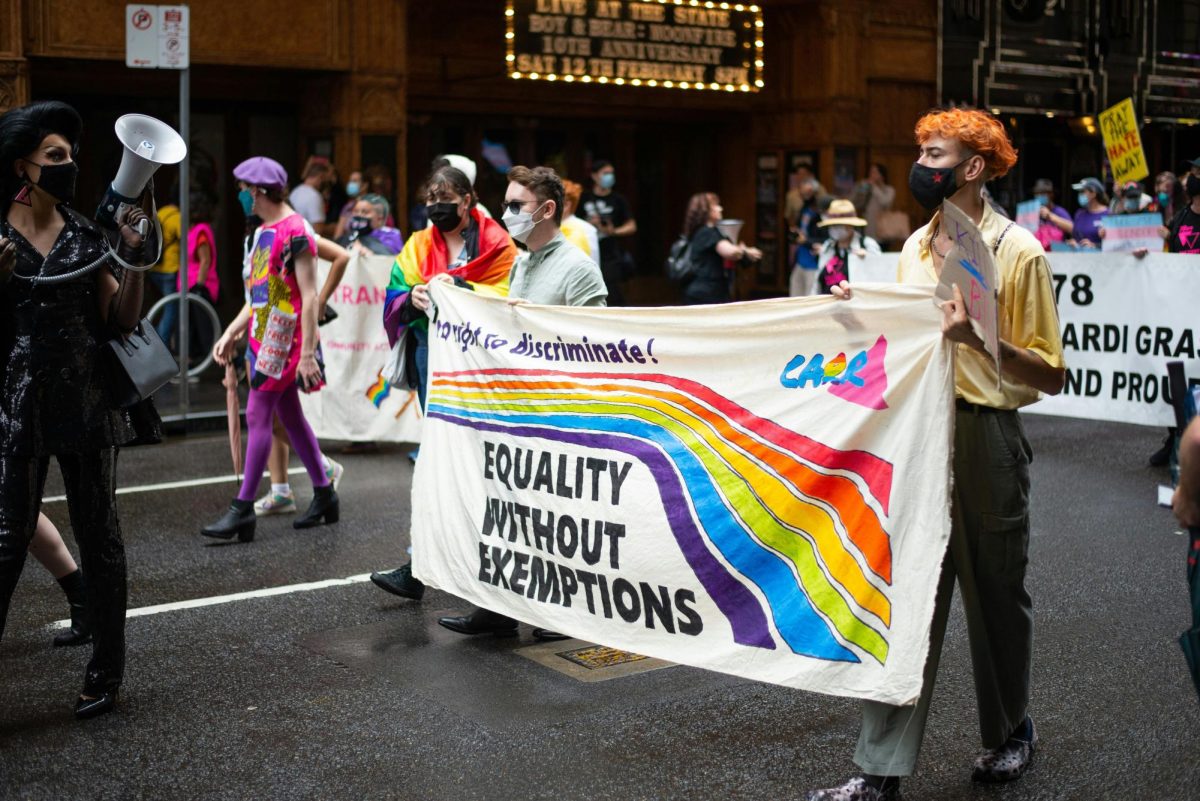As a young child, I was a proud ‘girly girl.’ I paraded around in sparkly dresses, held weekly tea parties for my dolls and often boasted that pink was my favorite color.
For years, I defined myself through these parameters, through my love of pink. As trivial as it may sound, someone’s favorite color says a lot about them.
‘What’s your favorite color?’ is a question we pose to anyone we’re trying to get to know personally; it is an easy icebreaker. Maybe asking this is so popular because we are innately attuned to color theory or, more specifically, we instinctually determine a person’s personality based on their favorite color: yellow means a person is mellow, red is for a passionate individual, and pink, well, to me pink means a lot.
Not surprisingly, in elementary school, my favorite book was Pinkalicious by Victoria and Elizabeth Kann; it made me proud of what I loved, and I read it every night before bed. Being able to relate to a character who shared my interests was critical for me, as it is for every person who is trying to learn what it means to be themselves.
My obsession with pink did not dissipate over time. However, once I got into middle school and began to learn about gender conformity, I was suddenly embarrassed by my favorite color.
I distinctly remember my English teacher describing male and female as two boxes. Society tells us we must only do the things within our sex’s box, but that is wrong. My teacher explained that any gender could do any activity despite how it is typically stereotyped.
I am eternally grateful for that lesson; it is one that every young child should be taught. I may not remember the name of the teacher or even what grade I was in, but I sure as hell will never forget that class.
Yet, I went home that evening with a pit in my stomach. Did I really love pink, or was that something I had been taught? I was afraid my entire personality was constructed by a biased generalization of my gender, that maybe I had never genuinely liked pink.
For many years afterward, loving pink made me feel superficial. When someone asked me about my favorite color, I was no longer proud to tell them what it was. I began to notice people snicker, a demeaning look flashing across their eyes, telling me, ‘I knew it.’
This response was usual for many people I spoke with, regardless of their gender identity. To guys, I was the stereotypical ‘stupid girl’ who liked pink. And to many of the girls I knew, I was the conformist who had no real opinions.
I began to hesitate when asked about favorite color. Eventually, one day, I said it was blue. At first, the word felt hollow in my mouth…”blue”…. as if another voice, one that was not my own, had spoken. I wanted to turn and ask who answered the question for me, but I did not; I got used to it.
From that moment on, I told everyone, myself included, that blue was my favorite color, and I felt shielded from being labeled shallow or generic. In some odd way, lying about this small preference made me think I was standing up for myself, showing that I was more than a pink-loving, high-heel-wearing, make-up-sporting cliché.
When I told people my favorite color was blue, I perceived myself as unique, adventurous and a free-thinker. I no longer had to hear the sardonic: “of course it is,” like I did when my answer was “pink.”
For many years, I continued to internalize the idea that being a pink-lover made me a conformist or anti-feminist. I believed that I only liked pink because I was a projection of a stereotype, a xerox of a xerox of a forced idea of feminity.
However, by ‘hating’ pink, I was not breaking stereotypes. I had, for so many years, allowed a society that looks at femininity as inferior make me believe that loving pink made me inferior.
If I, or anyone else, entirely on their own merit, decide that they like some of the ‘stereotypical’ aspects of their gender, it doesn’t necessarily mean that they are supporting an outdated notion of what ‘women should be’ or what ‘men should be.’ It means that they are making a choice, deciding what they want, what they like.
That’s what feminism is: a movement that demands gender equality and equity. It means that I can wear sparkly pink dresses while also supporting women who choose not to. I am not any less of a feminist for loving pink, and someone is not any more of one for hating pink.
Gender is a spectrum, preferences are personal and the fight for gender equality is not an attack on those whose preferences happen to align with masculine or feminine stereotypes.
So, if anyone was curious, my favorite color– it’s pink.















